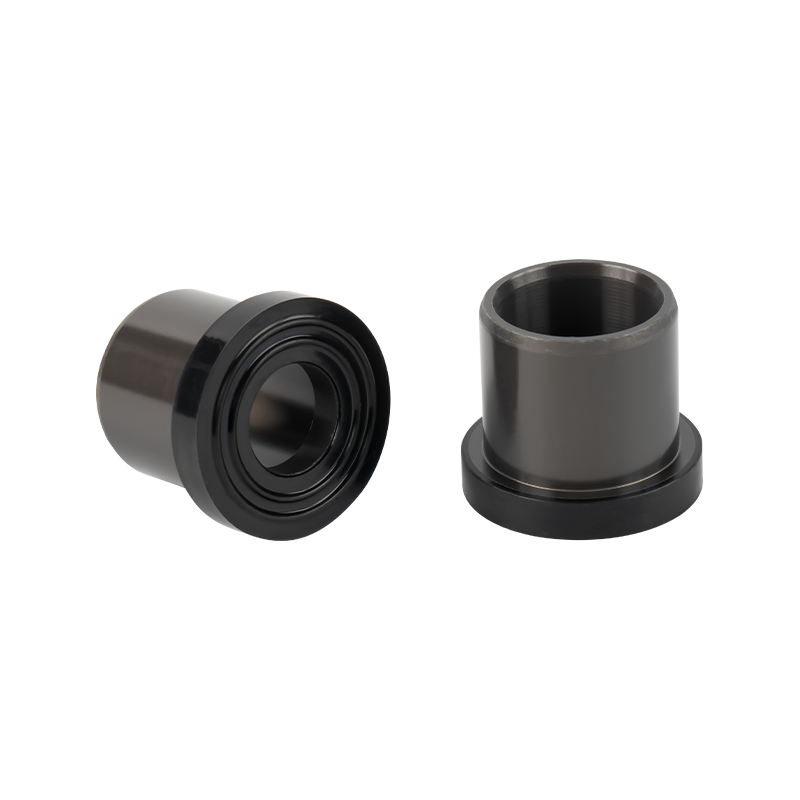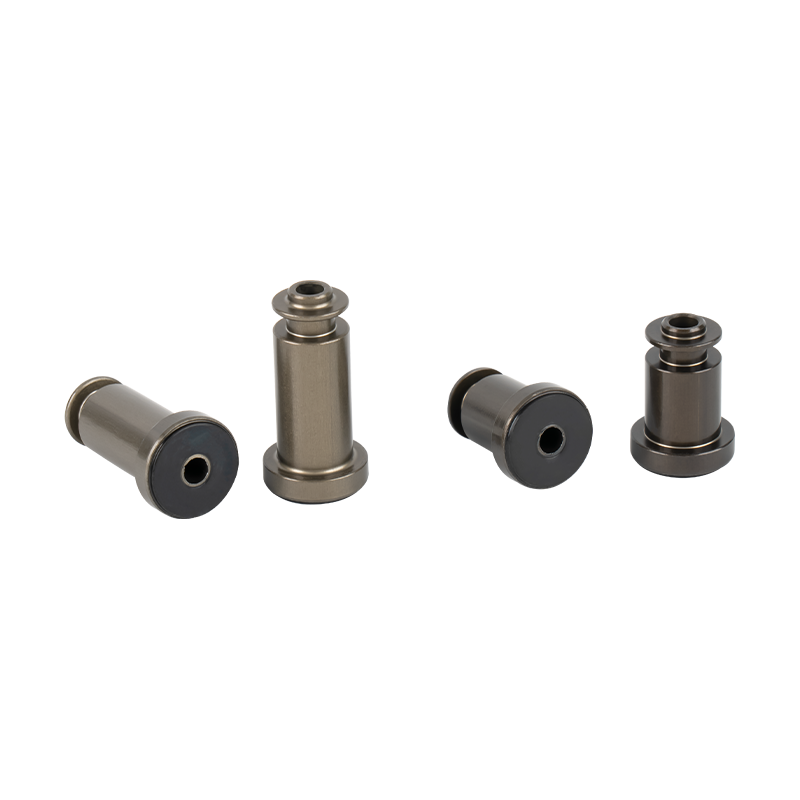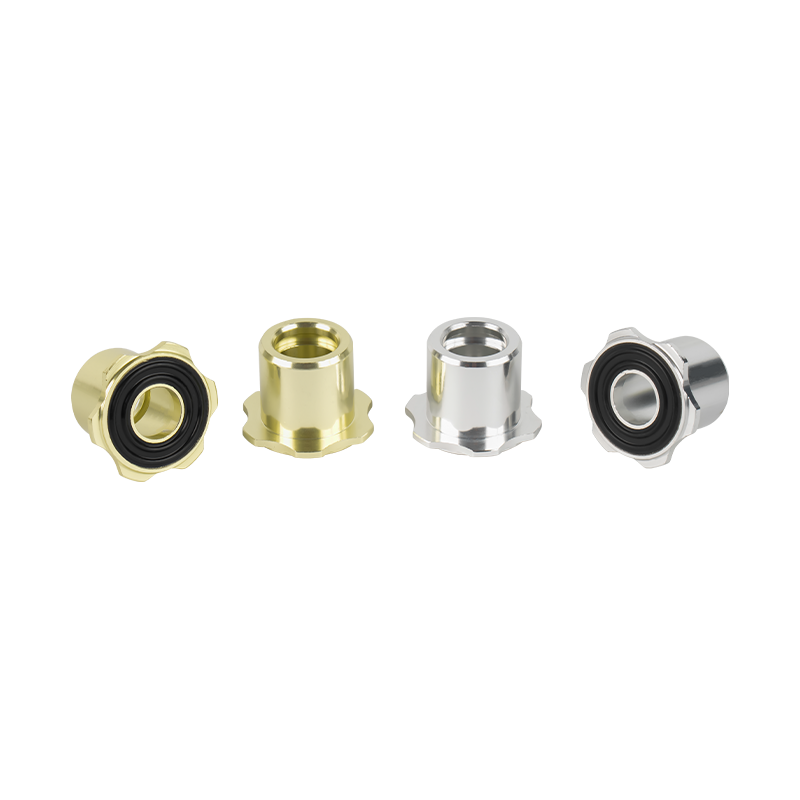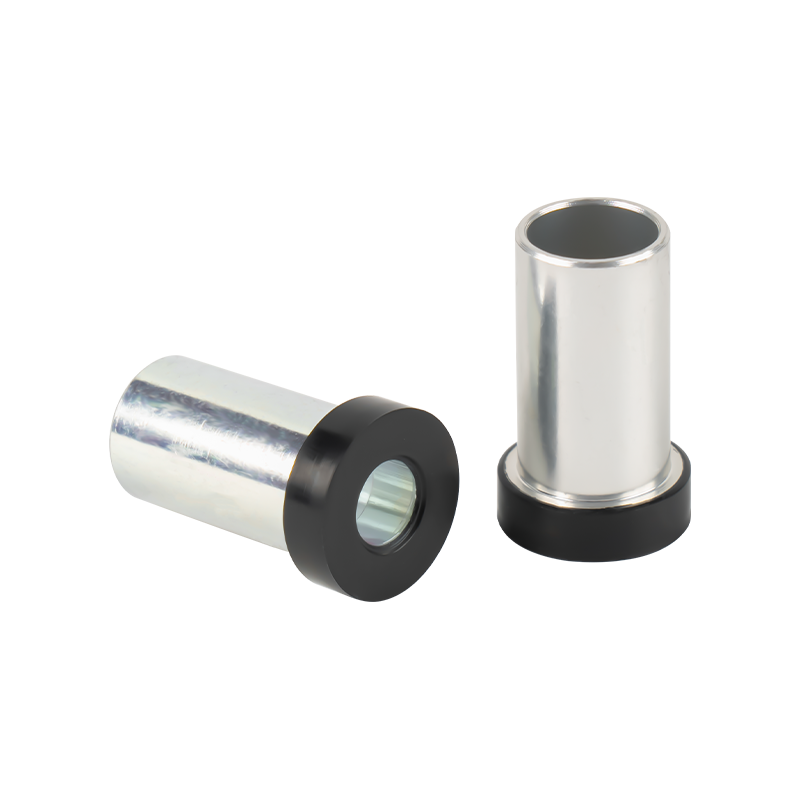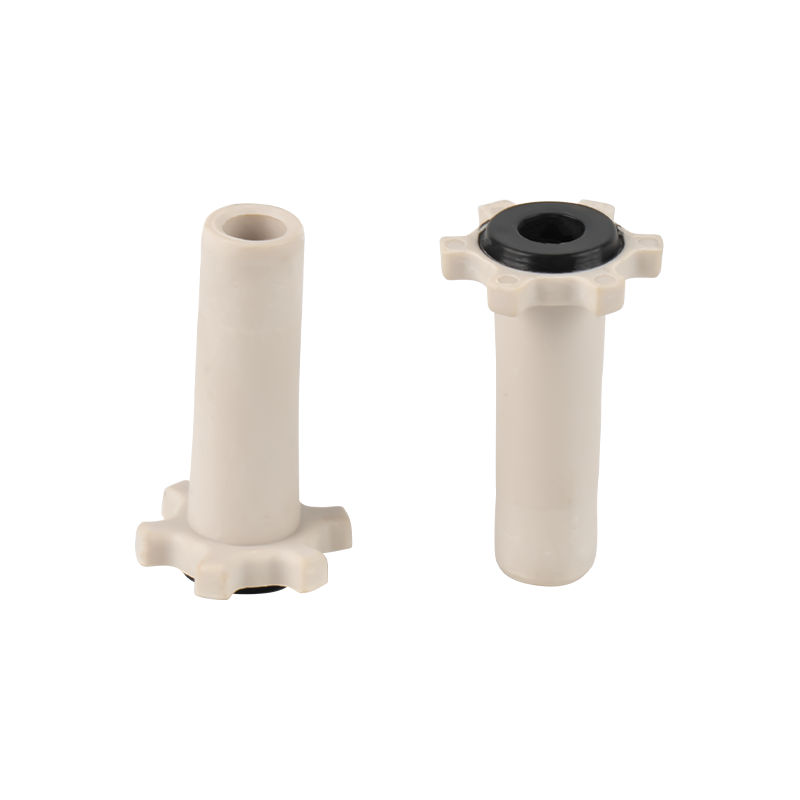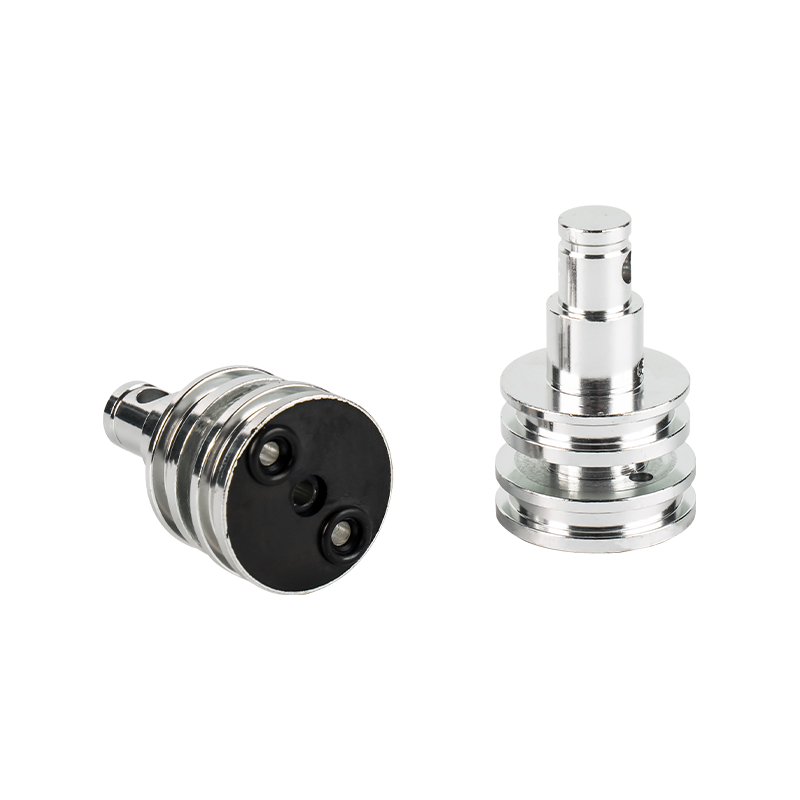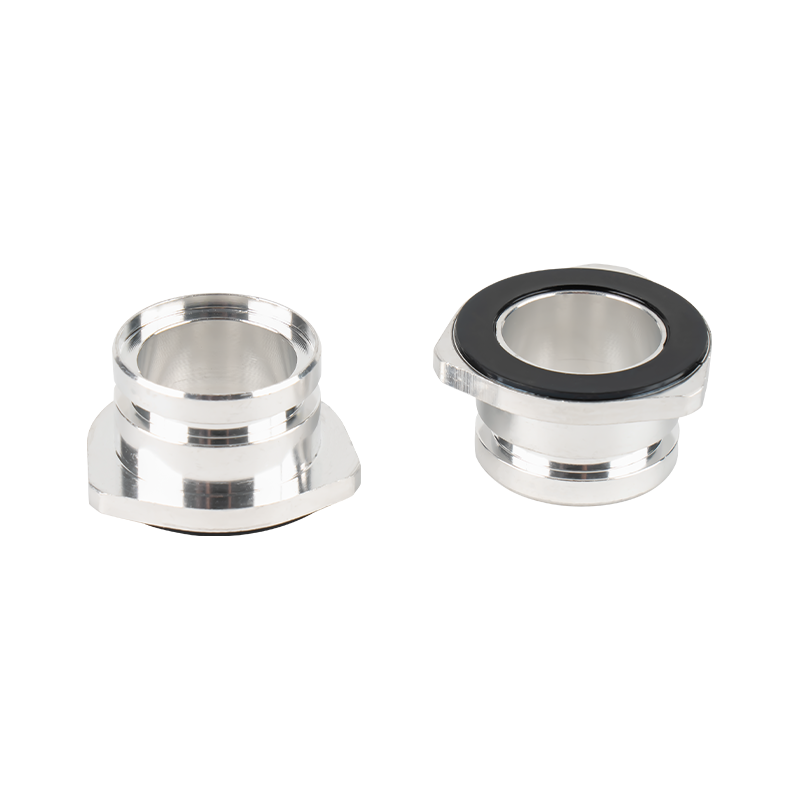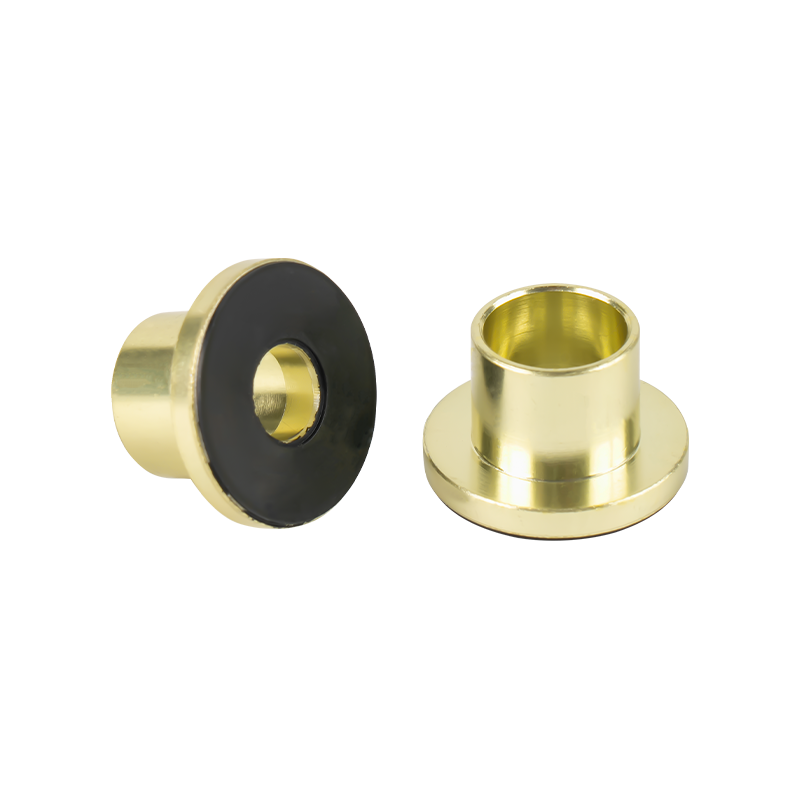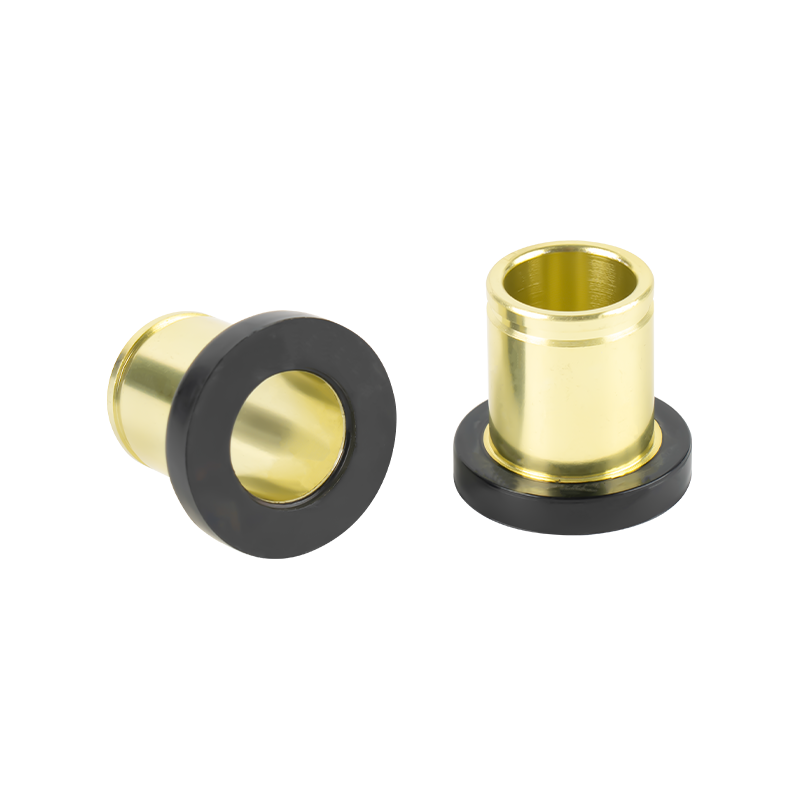Which Air Intake Valve Materials Resist Wear and High Temperatures in Industrial Generators?
2025-10-10
Content
- 1 What Performance Challenges Do Industrial Generators Pose to Air Intake Valves?
- 2 Which Materials Excel at Resisting High Temperatures and Wear for Intake Valves?
- 3 What Key Properties Should Be Prioritized When Evaluating These Materials?
- 4 How to Verify a Material’s Wear and High-Temperature Performance for Intake Valves?
- 5 What Design Features Complement Material Performance for Intake Valves?
- 6 What Maintenance Practices Help Preserve Material Performance of Intake Valves?
What Performance Challenges Do Industrial Generators Pose to Air Intake Valves?
Industrial generators—used in factories, power plants, or remote construction sites—subject air intake valves to two extreme stressors: high-temperature exposure and abrasive wear. During operation, generators produce continuous heat, with intake valve temperatures often reaching 300°C–600°C (depending on fuel type and load). Prolonged exposure to such heat can cause valve material softening, deformation, or oxidation. Meanwhile, the intake air carries dust, metal particles, or combustion byproducts, which scrape against the valve’s sealing surfaces and stem during repeated opening/closing cycles—this abrasive wear leads to poor sealing, air leakage, and reduced generator efficiency over time. Additionally, valves must withstand mechanical fatigue from frequent movement (up to thousands of cycles per hour), making “wear resistance + high-temperature stability + fatigue strength” a core requirement for material selection.
Which Materials Excel at Resisting High Temperatures and Wear for Intake Valves?
Three material categories meet the dual demands of industrial generator intake valves, each with unique advantages for specific operating conditions. Heat-resistant alloys (e.g., Inconel 751, Hastelloy X) are ideal for high-temperature scenarios (500°C+). These nickel-based alloys retain mechanical strength at extreme temperatures, resist oxidation, and have low thermal expansion—preventing valve warping. Their dense crystal structure also minimizes abrasive particle penetration, offering moderate wear resistance, making them suitable for generators running on heavy fuel oil (which produces more high-temperature byproducts). Stainless steel alloys (e.g., 21-4N, 42CrMo4) balance wear resistance and cost-effectiveness for medium-temperature environments (300°C–450°C). Chromium and molybdenum in these steels form a hard oxide layer that resists scratches, while their high tensile strength (600–800 MPa) withstands mechanical fatigue—perfect for natural gas or diesel generators with lower heat output. Ceramic-coated metals (e.g., aluminum oxide-coated steel, zirconia-coated alloys) combine metal’s ductility with ceramic’s extreme wear/high-temperature resistance. The ceramic coating (10–50 μm thick) acts as a barrier against abrasion and heat (up to 800°C), while the metal base prevents brittle cracking. This option suits generators in dusty environments (e.g., construction sites) where air-borne particles cause severe wear.
What Key Properties Should Be Prioritized When Evaluating These Materials?
Beyond wear and high-temperature resistance, three critical properties ensure intake valve reliability in industrial generators: thermal conductivity, seal compatibility, and corrosion resistance. Low thermal conductivity is essential—materials that transfer heat slowly (e.g., Inconel 751 with thermal conductivity of 11 W/m·K) prevent valve stems from overheating, protecting adjacent components like valve guides. Seal compatibility means the material must mate with valve seats without excessive wear; for example, stainless steel valves pair well with cast iron seats (common in generators) to maintain a tight seal over time. Corrosion resistance is non-negotiable, as intake air may contain moisture or sulfur compounds (from fuel combustion). Nickel-based alloys and stainless steels with high chromium content (≥12%) resist rust and chemical erosion, avoiding valve pitting that could lead to air leaks. Additionally, material hardness (measured via Rockwell scale) matters—wear-resistant materials should have a Rockwell C (HRC) hardness of ≥35; for example, 42CrMo4 stainless steel reaches HRC 40–45, while ceramic coatings can exceed HRC 80.
How to Verify a Material’s Wear and High-Temperature Performance for Intake Valves?
Verifying material performance requires a mix of laboratory testing and field validation. First, check for compliance with industry standards: materials should pass high-temperature creep tests (e.g., ASTM E139), which measure deformation under sustained heat (e.g., 500°C for 1,000 hours) — minimal deformation (≤0.5%) indicates good thermal stability. For wear resistance, conduct pin-on-disk tests (per ASTM G99) to simulate air-borne particle abrasion; a material with a wear rate of ≤0.01 mm³/N·m is suitable for dusty environments. Second, request material certification (e.g., mill test reports) to confirm chemical composition—for example, 21-4N stainless steel must contain 21% chromium, 4% nickel, and 0.3% nitrogen to ensure heat resistance. Third, if possible, run field trials: install valves made of the target material in a generator under typical load conditions for 3–6 months, then inspect for signs of wear (valve seat erosion) or heat damage (discoloration, warping). A material that maintains dimensional stability and seal integrity during trials is a reliable choice.
What Design Features Complement Material Performance for Intake Valves?
Smart design can enhance the wear and high-temperature resistance of intake valve materials. Valve face profiling—such as a slightly convex face (instead of flat)—reduces contact pressure with the seat, minimizing wear on both components. Stem coatings (e.g., chrome plating on stainless steel stems) add a hard, smooth layer that reduces friction between the stem and valve guide, preventing premature wear. Internal cooling channels (for large generators) are a game-changer for high-temperature environments: valves with hollow stems filled with sodium (a heat-conducting metal) transfer heat from the valve face to the stem, then to the cooling system—this design lowers valve face temperatures by 50°C–100°C, extending material life. Additionally, precision machining (e.g., surface finish of Ra ≤ 0.8 μm) eliminates micro-scratches on the valve surface, where dust particles could accumulate and cause wear. These design elements work with the material’s inherent properties to maximize valve durability.
What Maintenance Practices Help Preserve Material Performance of Intake Valves?
Even with durable materials, regular maintenance is key to extending intake valve life. Routine cleaning of the air intake system (air filters, ducts) reduces the number of abrasive particles reaching the valve—replace filters every 250–500 operating hours (more frequently in dusty environments) to prevent clogging and particle bypass. Periodic valve inspections (every 1,000–2,000 hours) should check for wear (measure valve seat clearance; if it exceeds 0.2 mm, resurface or replace the valve) and heat damage (look for blueing or warping). For high-temperature materials like nickel-based alloys, avoid using abrasive cleaning tools (e.g., wire brushes) — instead, use solvent-based cleaners to remove carbon deposits, which can trap heat and accelerate material degradation. During generator shutdowns, apply a thin layer of high-temperature anti-seize compound (compatible with the valve material) to the valve stem to prevent corrosion and ensure smooth operation when restarting. Finally, monitor generator load—avoid prolonged overloading, which increases valve temperatures beyond material limits, causing premature failure.

 English
English русский
русский 中文简体
中文简体